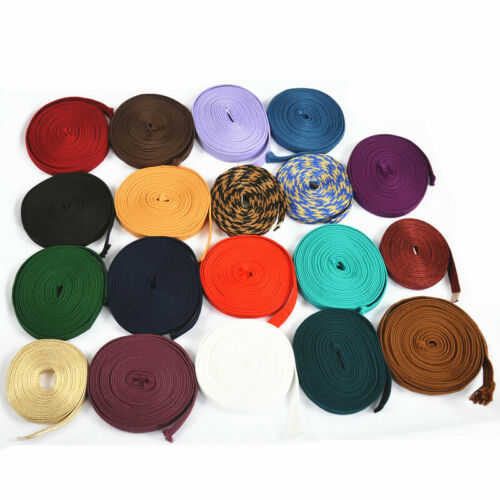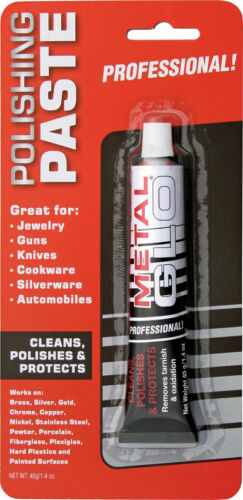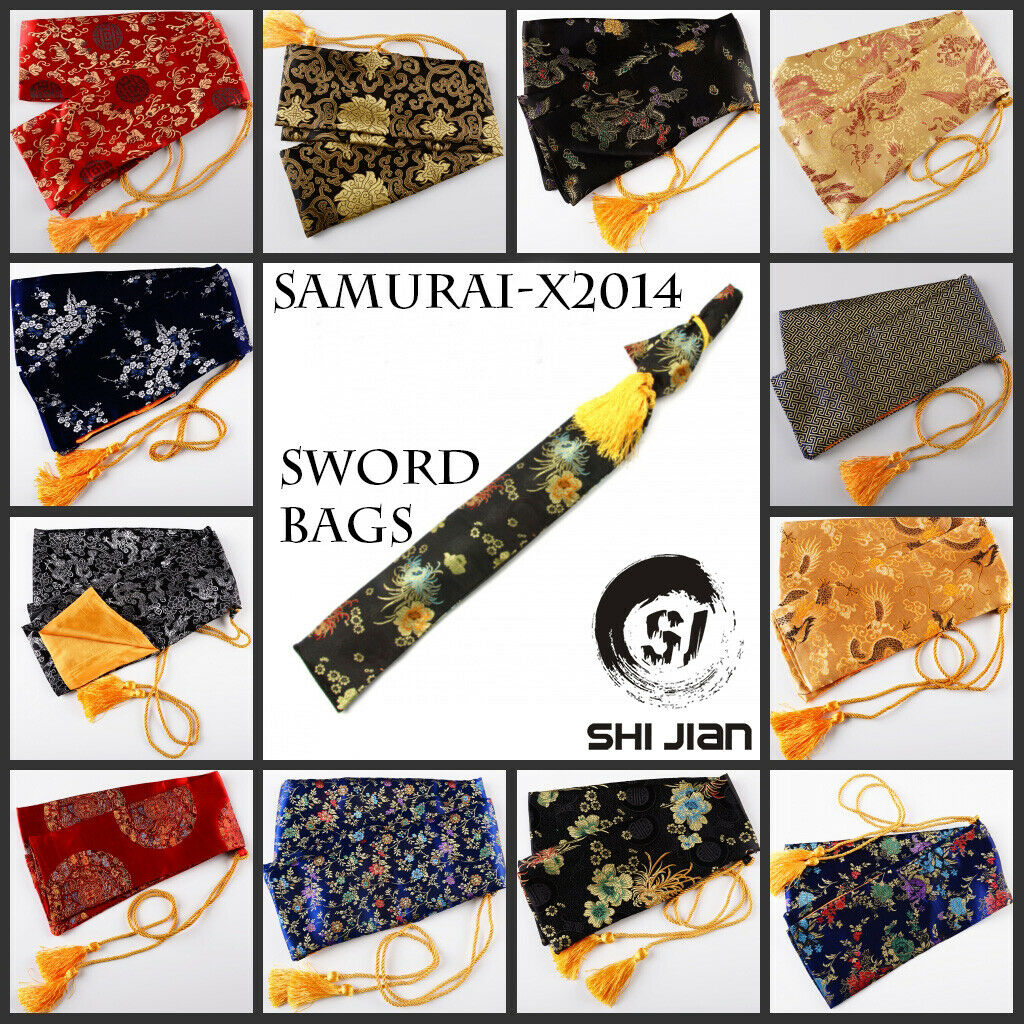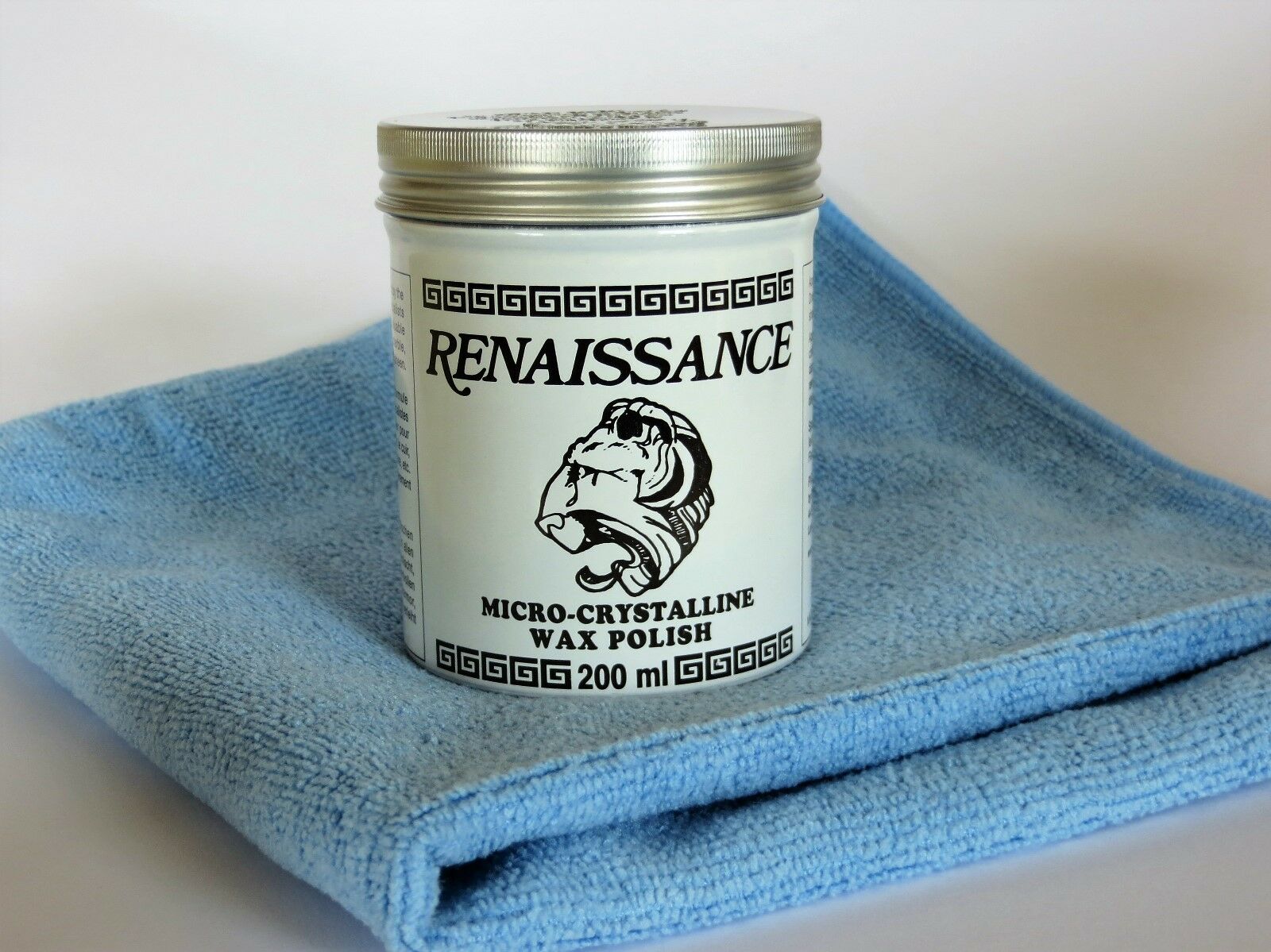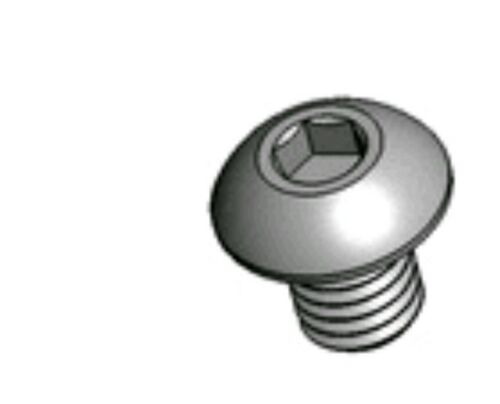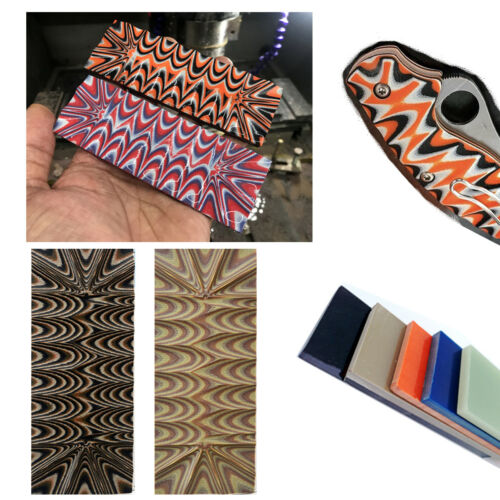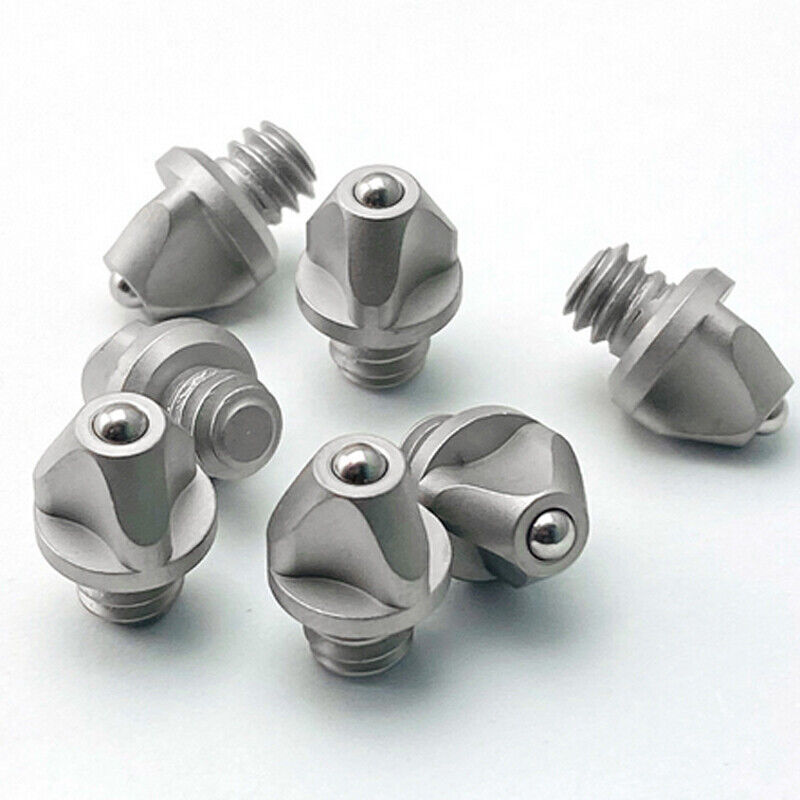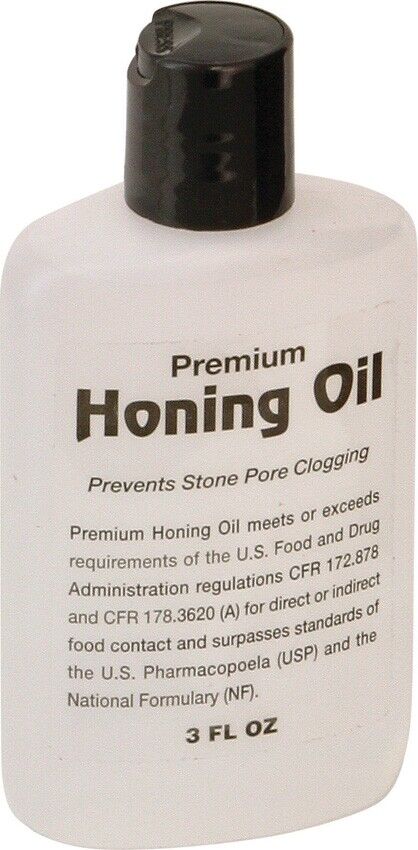-40%
Sea Wave Gold Plated Brass Kashira Butt Cap Fuchi Hilt Collar For Japanese Sword
$ 22.01
- Description
- Size Guide
Description
Sea Wave Gold Plated Brass Kashira Butt Cap Fuchi Hilt Collar For Japanese SwordThe Kashira (頭)
is a butt cap (or pommel) on the end of the tsuka.
The Fuchi (縁)
is a hilt collar between the tsuka and the tsuba.
Condition:
new,unused, no damaged
Material:
Gold-plated
b
rass
Usually used for japanese samurai katana /wakizashi /tanto
Note:
There may be a little difference in size for every different one, you need adjust it according to your tsuka.
ENGRAVING SERVICE
HOW TO DISASSEMBLE A JP SWORD
SWORD MAKING PROCESSES
NOTICE
DELIVERY DETAILS
ENGRAVING SERVICE
It is
free
for engraving English words,Chinese characters and Japanese Kanji.
You need pay
additional
for engraving patterns (dragon, lion, etc.) or other logos.
HOW TO DISASSEMBLE A JP SWORD
SWORD MAKING PROCESSES
Forming
Swords can be shaped by a variety of metalworking techniques.The primary techniques are forging and stock removal.
Forging uses heat to bring the material to a malleable state. The material is then hammered to shape, typically using hammer and anvil together with specialized set and fuller tools depending on the particular technique.
Stock removal shapes the sword from prepared stock that is larger in all dimensions than the finished sword by filing, grinding and cutting.
Quenching
After the blade has been shaped, the sword would be quenched. We quench our swords in either water or oil. Water quenching produces a tougher edge which can also be hardened further more using clay. Blades quenched in oil are still considerably hardened and do have superior flexibility compared to a water quenched blade.
The more rapidly a blade cools down, the harder it becomes. Thus, when a hot blade enters the water, the water also gains heat and the blade will cool more gradually. Therefore, the first part of the blade that enters the water will be the hardest. Therefore, the technique of quenching was also very important. If a blade has any flaws from forging (air bubbles, ash), it will break immediately during the quenching process.
Tempering
After quenching, the sword will be quite tough and brittle, with little flexibility. To overcome this, the blade would undergo a tempering process. The blade would be reheated to a certain temperature degree then allowed to cool naturally. The blade would be slightly less tough afterward but have a greater degree of flexibility – the art would be to perfectly balance the blade for toughness, sharpness and flexibility.
Modifying Shape
Finishing
Finishing encompasses polishing, decorating, and crafting and assembling the hilt, guard and sheath.
The swordsmith would be most concerned with the state of the blade itself and possibly decorating the blade and preparing the guards and pommel. Other artisans would likely be involved in the work of fashioning the hilt, sheath and other furniture; and in any fine decoration.
Polishing
When the rough blade is completed, the swordsmith turns the blade over to a polisher, whose job it is to refine the shape of a blade and improve its aesthetic value. The polishing process almost always takes longer than even crafting, and a good polish can greatly improve the beauty of a blade, while a bad one can ruin the best of blades. Early polishers used three types of stone, whereas a modern polisher generally uses seven.On high quality blades, only the back of the blade and the adjacent sides, are polished to a mirror-like surface. To bring out the grain and hamon, the center portion of the blade, and the edge are usually given a matte finish. Microscopic scratches in the surface vary, depending on hardness. Smaller but more numerous scratches in the harder areas reflect light differently from the deeper, longer scratches in the softer areas. The harder metal appears more matte than the softer, and the manner in which it scatters light is less affected by the direction of the lighting.
After the blade is finished it is passed on to a mountings-maker for fashioning the hilt, sheath and other mountings.
NOTICE
International Buyers – Please Note:
a) Import duties, taxes and charges are not included in the item price or shipping charges. These charges are the buyer’s responsibility.
b) Please check with your country’s customs office to determine what these additional costs will be prior to bidding/buying.
DELIVERY DETAILS
The shipment will be prepared and get shipment as soon as possible when you place the order. The shipping time is different according to the different area.
US:
10-15 days
AU:
8-12 days
Ca:
10-15 days
Others:
25-60 days
It is international shipment, so there are many factors influenced, please let us know if there is any question, we will try our best to make things right for you.




